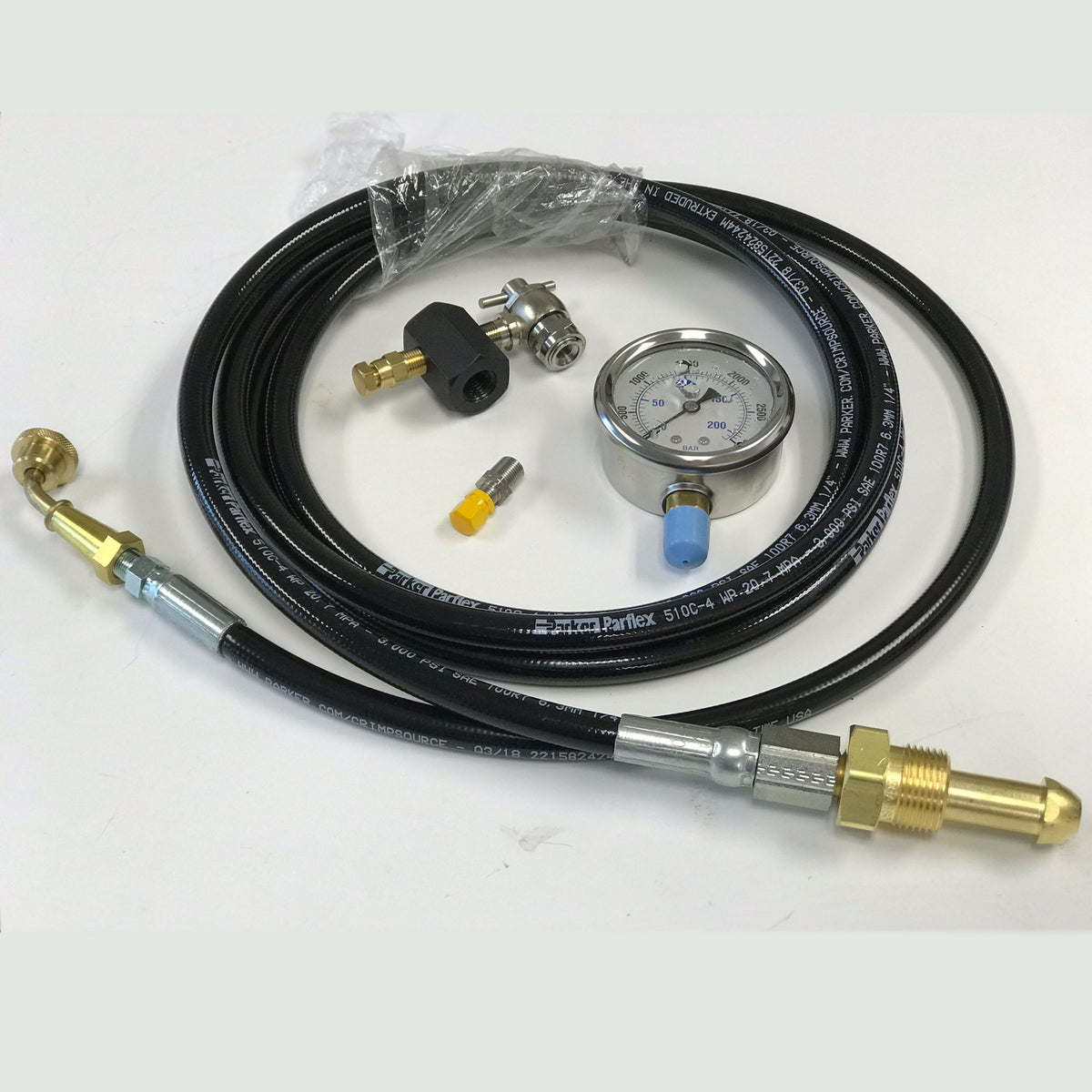

These complexities will likely make it more difficult for insurers, who must keep track of members’ previous accumulators and develop procedures to accurately move those to new plans in sufficient time. They prevent the co-pay assistance from counting towards a commercially insured patient’s deductible and out-of-pocket (OOP) maximum. While this change benefits many people, they will need to do the math and determine whether or not their tax credit savings will make up for the loss of their out-of-pocket payouts. Co-pay accumulator and maximizer programs run by commercial health plans and pharmacy benefit managers (PBMs) have been designed to counter co-pay assistance programs floated by drug manufacturers. Other states, such as Alaska and California, have more complex policies surrounding the transfer of accumulators. But 15 states (including Michigan, Minnesota, Washington D.C., Massachusetts, New York, and Wisconsin) have even gone as far as requiring insurers to honor accumulators from one of their previous plans. There is still room to grow in this issue. However, this is still a large improvement from just several short years ago. It’s important to note that this almost exclusively applies to people who choose new plans offered by the same insurer. Many states have adapted their marketplaces so that each person’s total out-of-pocket payments transfer from one health insurance plan to another. What many people may not realize is that the legislature surrounding accumulators has changed for the better. The American Rescue Plan and other subsidies can prove very helpful for people on a fixed-income or those who need family plans. This can not only cause a greater surge of new enrollments at the start of the year, but it may even mean that some members miss out on better coverage altogether. Elevating Whole Health and Advancing Health Beyond Healthcare. With these members being so close to getting a higher level of coverage once they hit their out-of-pocket maximum, they may put off beginning a new health plan until a later time. If someone (or a family member on their plan) has an active medical concern that they are seeking treatment for, chances are they have shelled out a great deal of money for co-payments, procedures, prescriptions, and the like.
#ACCUMULATOR HEALTHCARE UPGRADE#
While this may seem like a good thing if someone is able to upgrade to better coverage and more benefits, it’s not always ideal for people who are moving from a high-deductible health plan.Īccumulators (a running total of money paid towards one’s out-of-pocket max for covered services) often play a large part in a person’s decision to change to another health insurance plan. Understand the driving forces of copay accumulator programs and the impact on patients Realize the potential concerns of. Moving, getting married, losing a job, starting a new career, and a change in financial status can all cause someone to need a new plan. Many circumstances in life might force someone to switch health insurance plans.


 0 kommentar(er)
0 kommentar(er)
